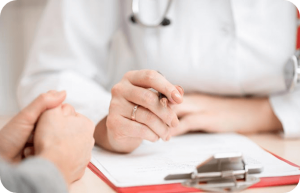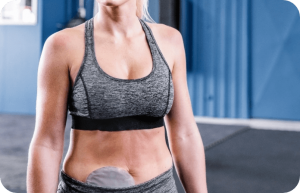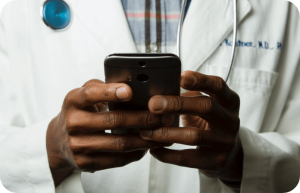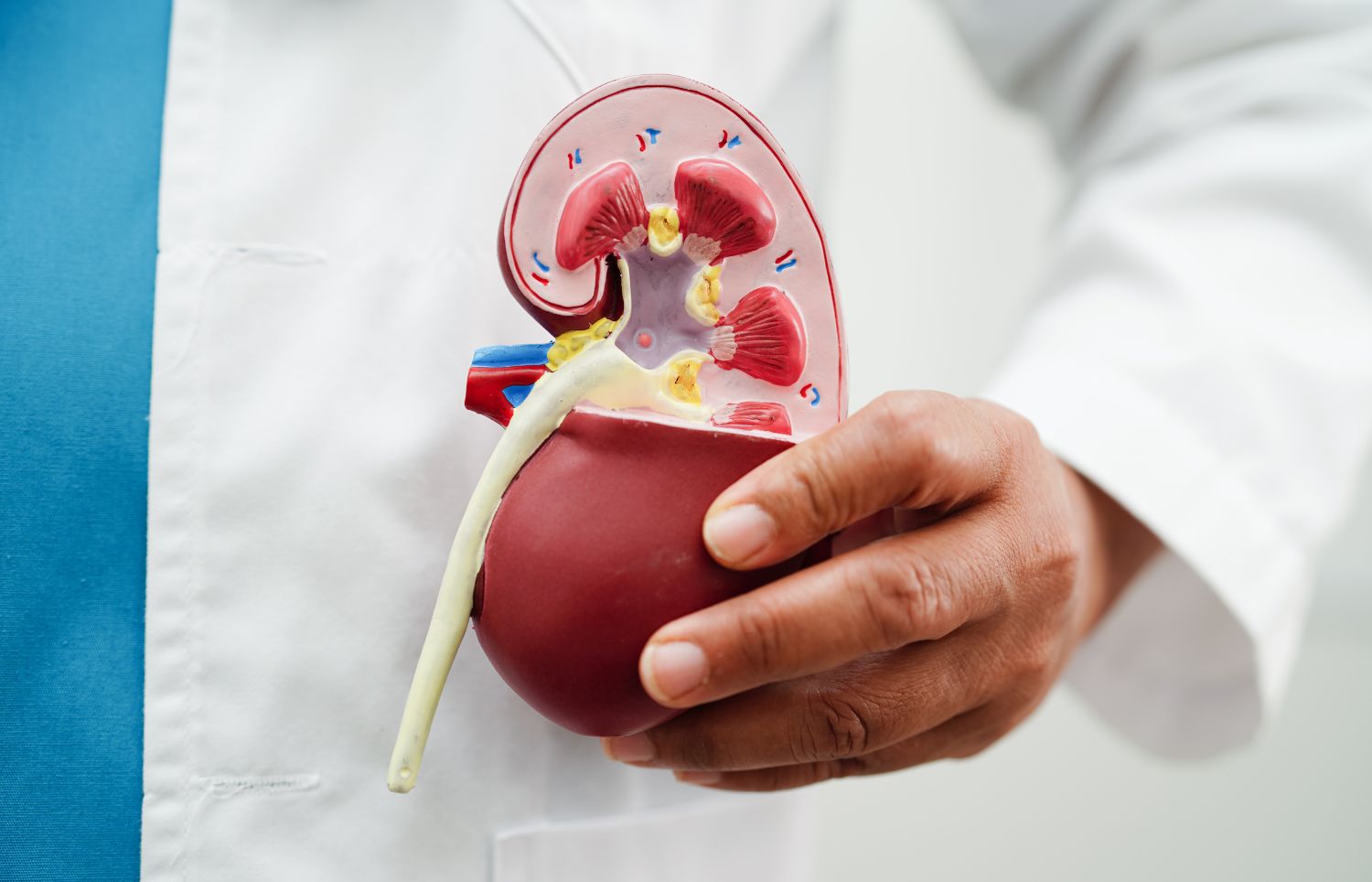Diabetes is a metabolic syndrome where the blood sugar levels become higher than normal, which can cause a range of symptoms. It occurs when the pancreas fails to produce enough or any insulin to move glucose into the cells in our body. This causes a buildup of sugars in the blood.
It can be separated into several conditions
- Prediabetes – characterised by slightly raised blood sugar levels. This condition can be reversed by adopting a healthy lifestyle
- Type 1 diabetes – is an autoimmune disease where the body fails to produce insulin, insulin replacement therapy is needed
- Type 2 diabetes – or diabetes mellitus is a metabolic condition where the body struggles to produce enough insulin. Adopting a low sugar and low carb lifestyle can help to keep the condition in check
This is a condition that is on the rise. It is thought that the high levels of obesity is contributing to the issue with many being diagnosed prediabetes or with Type 2 diabetes as a result.
It is estimated that there are around 3.9 million sufferers in the UK. This condition can lead to other serious conditions such as heart disease, kidney disease and blindness. Some people can also experience issues with bladder and/ or bowel continence, which may cause distress.
Diabetes Symptoms
There are some key diabetes symptoms that are common including:-
- Increased thirst
- Needing to urinate more often
- Increased hunger
- Weight loss
- Fatigue
- Dizziness
- Nausea
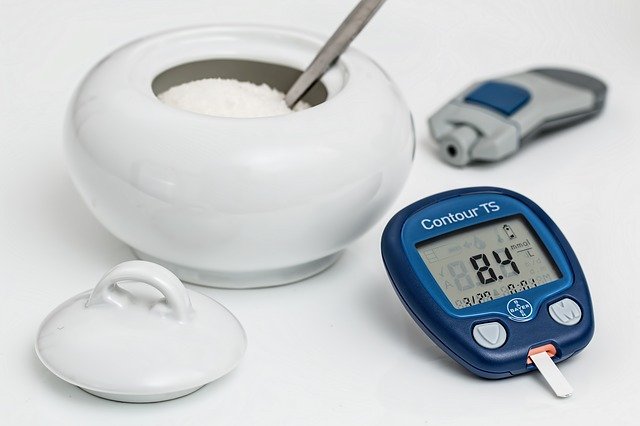
There are also some symptoms that are specific to your type and vary greatly from person to person.
Can Diabetes Cause Incontinence?
Bladder problems can be experienced by people with diabetes. This can be caused by a neurogenic bladder, which is caused by nerve damage (neuropathy) that can happen if blood sugar levels are not bought under control. Symptoms of neurogenic bladder include:
- Frequency
- Urine retention (inability to fully empty bladder)
- Overactive Bladder (OAB)
- Urgency
- Overflow incontinence
- UTI’s
People may also experience nocturia, the need to urinate more than once during the night, which can be a sign of uncontrolled blood sugar levels or a urinary tract infection. Constipation and diarrhoea can also occur and can be caused by certain medications used to control it.
Diabetes and IncontinenceTreatments
Your Diabetes symptoms will depend on your bladder or bowel condition. There are a variety of treatments available to treat the main conditions that are associated with this illness. Uncontrolled blood sugars can lead to an increased chance of a urinary tract infection, which can in turn cause damage to your kidneys if left untreated. It is important to seek treatment straight away if you suspect you’re suffering from a UTI and have diabetes. Eating and drinking healthily will help to keep you and your bladder or bowel condition under control.
CONSERVATIVE TREATMENTS
Diet And Lifestyle
In order to keep the bladder and bowel healthy it is important that the person concerned eats a healthy, balanced diet with plenty of fibre and consumes enough fluid (ideally water and around 6-8 glasses a day) in order to regulate the bowel and keep stools at the right consistency. It is best to limit or avoid caffeine, fizzy drinks and alcohol as these can irritate the bladder and increase blood sugar levels.
Bladder Diary/ Retraining
Bladder retraining is a simple and effective method used for treating frequency and bladder problems. You will be asked to record your bladder habits on a chart and based on the pattern of that chart increase the length of time you empty your bladder by resisting feeling of urgency/frequency. You can find out further information on Bladder Diary/ Retraining by clicking here.
Intermittent Catheterisation
If you’re suffering from urinary retention, catheterisation can help you void your bladder, limiting the chance of overflow incontinence and causing damage to your bladder or kidneys. This involves inserting a small disposable plastic tube into the urethra in order to empty the bladder. Although it may sound a little daunting at first, many people find that this is an easy and the most convenient method of catheterisation. Click here to find out more about intermittent catheterisation.
Indwelling Catheterisation
Indwelling catheters can be used as a short term or long term solution. This involves inserting a small plastic tube into the urethra, which can then be attached to a drainage bag or catheter valve. These types of catheter will need to be changed roughly every 4-12 weeks to avoid infection.
Just Can’t Wait Toilet Card and RADAR Key
Feeling anxious about being out and about when you have a bladder and bowel condition can make your symptoms worse. Having a Just Can’t Wait toilet card can help you feel more reassured and confident that you can access public facilities. You can get a free Just Can’t Wait toilet card or order a plastic Just Can’t Wait Card via post for a small charge.
It may also help for you to have a RADAR key, which means you will be able to visit public accessible/disabled facilities. You do not need to have a visible disability or be in a wheelchair to use this key. If you have a medical condition which requires you to use accessible facilities then you are eligible to do so, and can purchase a key here from www.radarkey.org. RADAR keys are available to purchase, and may be available on a discretionary basis for customers of our Bladder & Bowel Home Delivery Service.
MEDICINAL
Betmiga
Betmiga is an oral medication, which acts as a muscle relaxant and can be used to treat frequency and urgency if conservative methods haven’t worked. Some people experience side effects on this medication, you can find out how Betmiga works here.
Antispasmodic Medications
There are several medications available which can help prevent spasms of the bladder muscle, which can help reduce urgency, frequency and overactive bladder; they belong to a group of medicines known as antimuscarinic or anticholinergic drugs. Below is a list of some medications that may be prescribed and links to more information.
- Darifenacin Hydrobromide
- Fesoterodine Fumarate
- Oxybutynin
- Oxybutynin Transdermal Patch
- Solifenacin Succonate
- Tolterodine
- Trospium Chloride
Antibiotics
If a urinary tract infection is the cause of urinary incontinence then your GP will be able to prescribe an antibiotic treatment to clear the infection. In many cases this can help alleviate any incontinence issues once the infection is resolved. Your GP may prescribe a long term, low level dose if recurrent infections become a problem in order to prevent them.
Laxatives
To relieve short term constipation quickly, there are some over-the-counter laxatives that you can purchase. These can be used in order to avoid impaction of the bowel and any overflow incontinence as a result.
There are a variety of laxatives available that act in different ways. Bulking laxatives such as Fybogel, which work in the same way as increasing fibre in their diet; osmotic laxatives, which work by softening the stool making it easier to pass, and stimulant laxatives such as senna, which encourages peristalsis and stimulates the gut to pass the stool. Make sure that you speak to your local pharmacist or GP about which type of laxative is best to use.
SURGICAL
Bladder Augmentation
If conservative treatments and medication have failed then you may be referred to a surgeon to discuss your options. A bladder augmentation is one surgical option available. There are several ways in which this operation can be performed and your surgeon will discuss the best option for you. This operation is considered major surgery and involves cutting the bladder open. Find out further details about Bladder Augmentation here.
Suprapubic Catheter
A suprapubic catheter involves making a small incision in the abdomen and inserting a tube directly into the bladder, therefore bypassing the urethra. For those who are looking at longer term catheterisation this may be a more comfortable option and lessens the chance of developing a UTI. You can attach a drainage bag or catheter valve in the same way you would an indwelling catheter.
Botulinum Toxin
Botulinum Toxin or Botox as it is more commonly known is a powerful neurotoxin, which works by blocking the electrical impulses to a nerve that makes a muscle contract causing muscle paralysis. This is a relatively new treatment licensed to treat bladder overactivity. It will usually only be considered if medications have failed to improve your conditions.
Detrusor Myectomy
A Detrusor Myectomy is a major operation used to treating an overactive bladder with symptoms of urgency and frequency. It involves removing all or part of the outer muscle layer that surrounds the bladder.
Sacral Nerve Stimulation
Sacral Nerve Stimulation or Sacral Neuromodulation (SNM) is a device that is implanted under the skin in the upper buttock. It helps by correcting the messages that run along our nerve pathways. SNM is performed in two stages, first you will undergo an evaluation, and then, depending on your results you will be offered the implant.
Further information and downloads can be found in the help and information section. Living with a bladder or bowel condition or caring for someone with a bladder and bowel condition can affect you emotionally and socially; sometimes it can help to speak to others who understand your situation. The Bladder & Bowel Community Support Group is available 24 hours a day via Facebook, and will allow you to connect with those who share your condition. Start your own topic today or just follow one that interests you.

